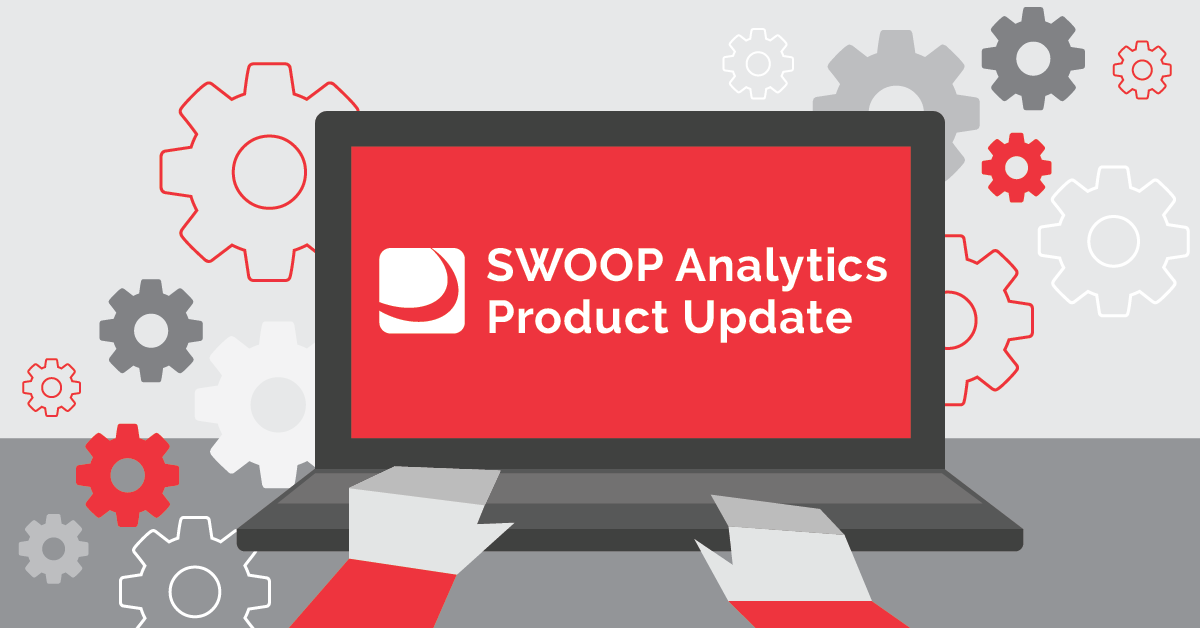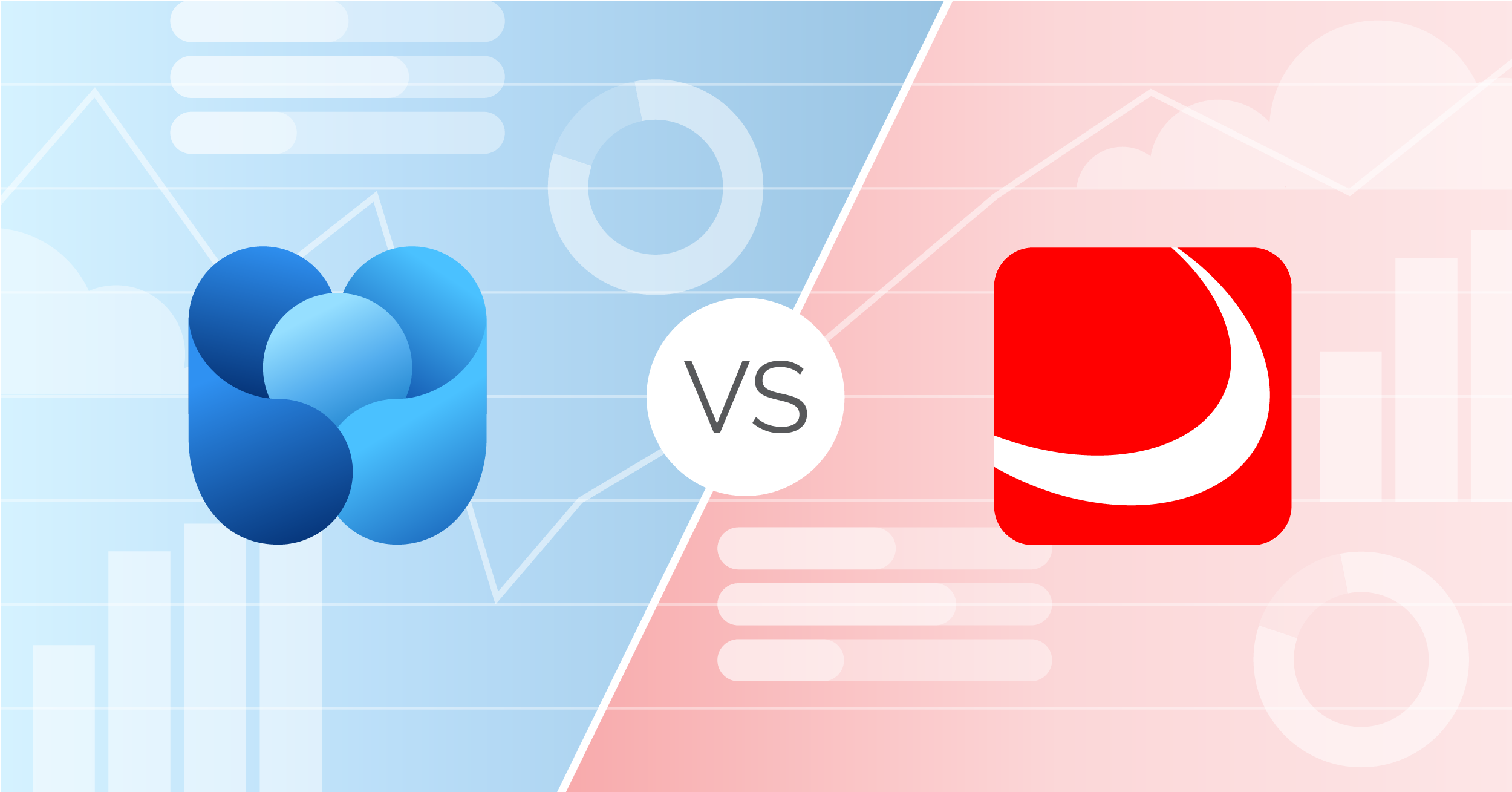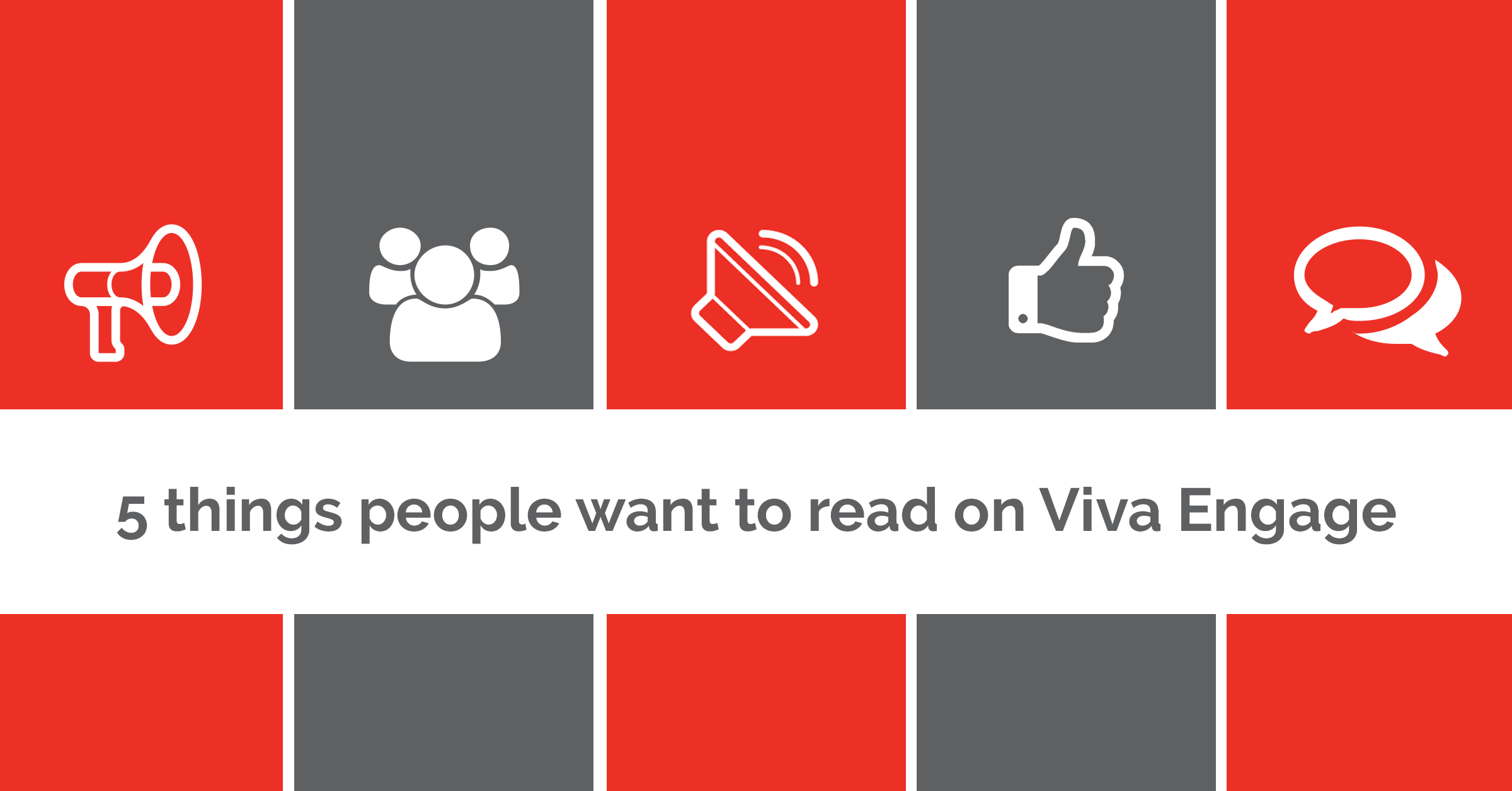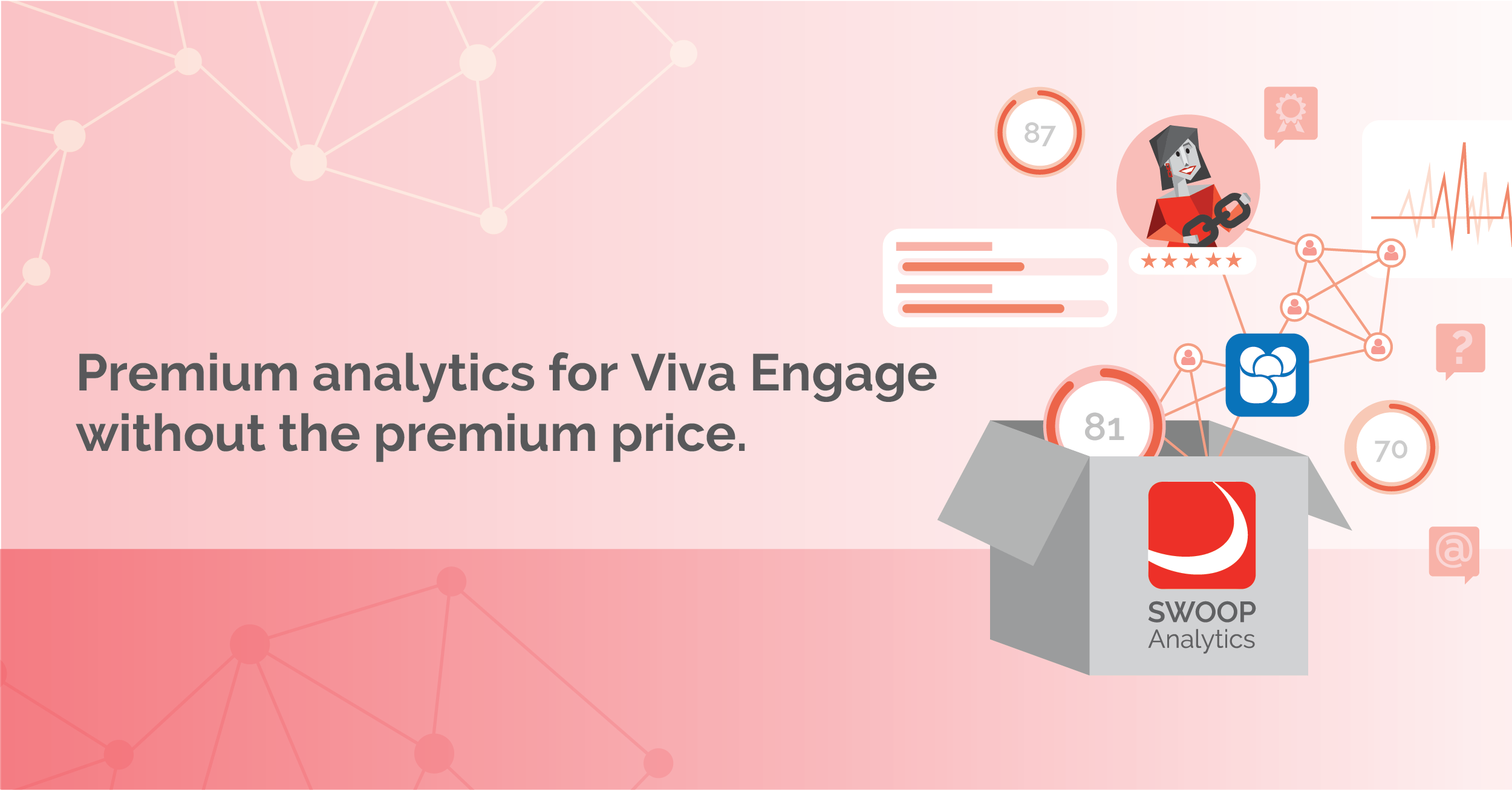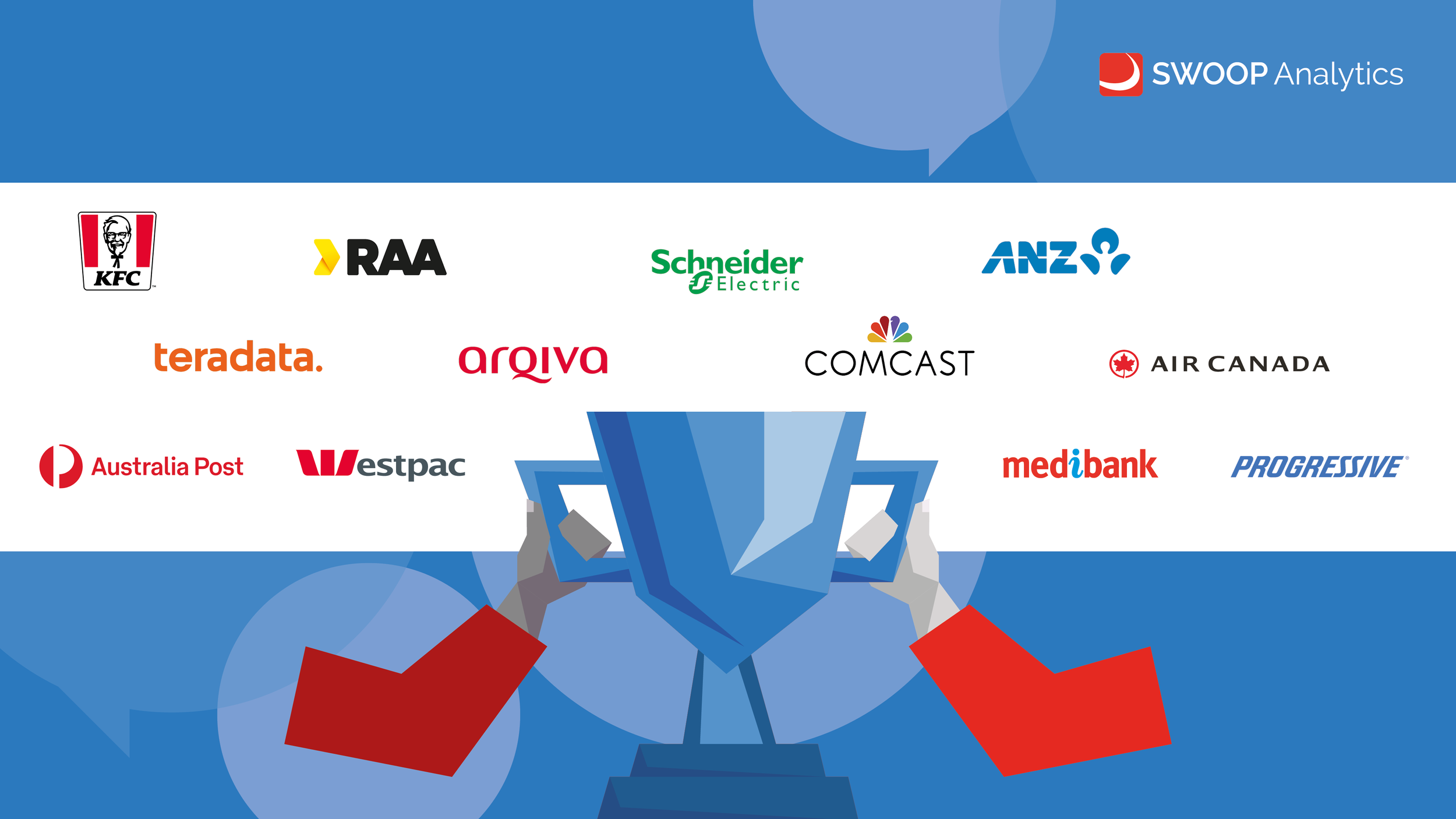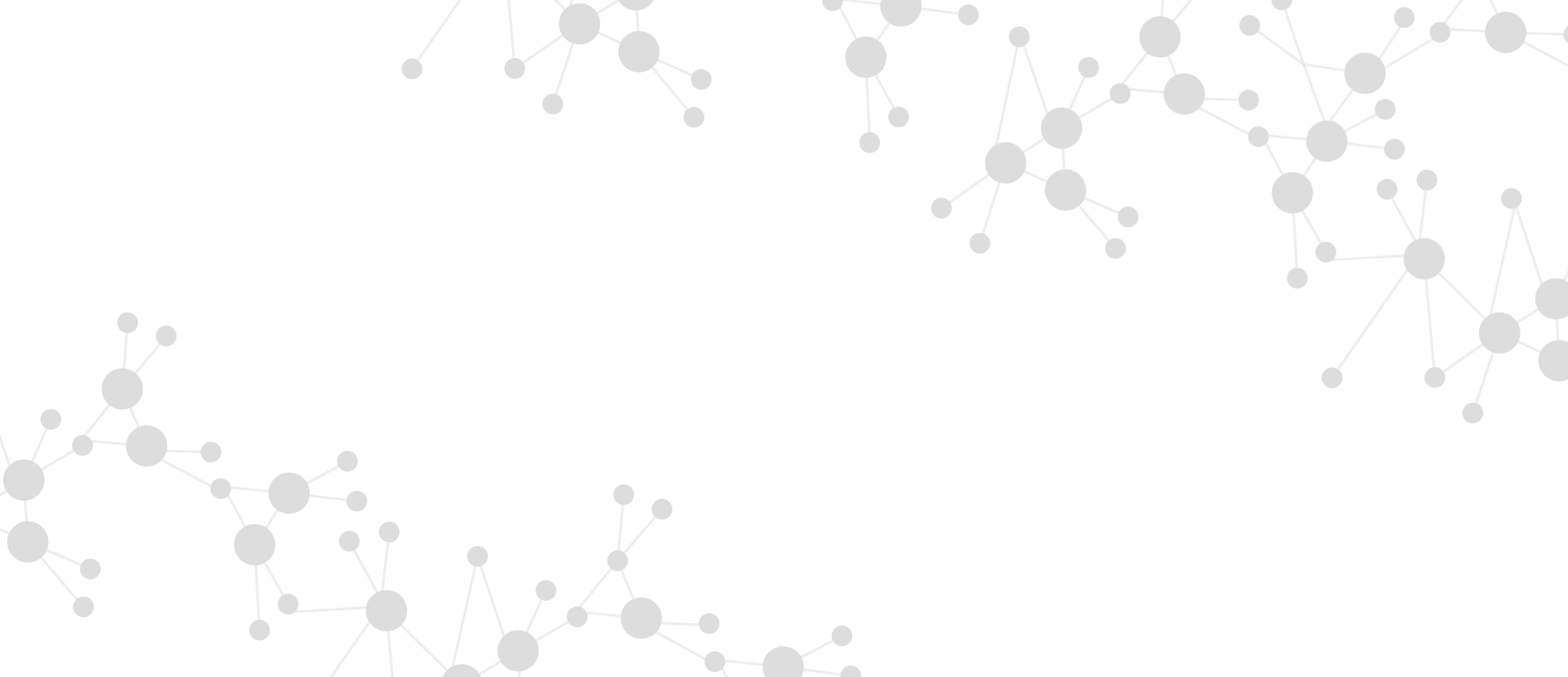
SWOOP Blog
Latest Articles
Blog Archive
Why Workplace is Changing the Way Retail is Conducted
The world’s largest private employer, Walmart, has signed up with Workplace by Facebook. It means 2.3 million employees are now able to connect and collaborate across the entire organization.
Why did the king of retail align itself with Workplace, Facebook’s relatively new venture into enterprise social networking? Because the retail industry is being disrupted and its only defense is to disrupt itself.
Traditionally, retail has been one of the major employers globally. It’s now one of the most affected by digital disruptions, including online shopping and virtual supply chains.
The pressure for the retail sector to innovate and change has never been more intense. A tool is needed to connect employees across large and disparate retail outlets, where leadership can communicate with shop-floor staff in real time and those dealing with customers face-to-face can communicate back up the ranks of the organization.

Five reasons you should update your staff profiles in SWOOP
For most large organisations, it’s an absolute pain to keep your staff directory up to date. Staff profile data tends to be spread far and wide across different systems, be they human resource data bases, email directories, payrolls and the like; with no single up-to-date repository one can rely on. Believe me, the journey is worthwhile for many reasons. In this post we are selfishly addressing our SWOOP customers and prospects.
SWOOP is founded on the science of social network analysis (SNA). Value from SNA is achieved by identifying the relationship connections between individuals. The follow-up core value then comes when we can understand the groups that these individuals belong to. We often hear organisations talking about their ‘barriers to collaboration’. These so-called ‘barriers’ are regularly defined by staff attributes, collected in the ubiquitous staff directory. Having conducted in excess of 100 SNA projects globally over the past decade or more, these are the so called ‘barriers’ that our clients have been most regularly looking to break down:

Five Ways for CEOs to enhance Staff Engagement
Enterprise Social Networking (ESN) is starting to impact how staff at all levels of the organization behave and interact with each other. In particular, we are starting to see progressive CEOs and their senior executive teams looking to ESN to sidestep the traditional top down communication cascades and engage directly with ‘shop floor’ level staff, to build staff engagement overall.
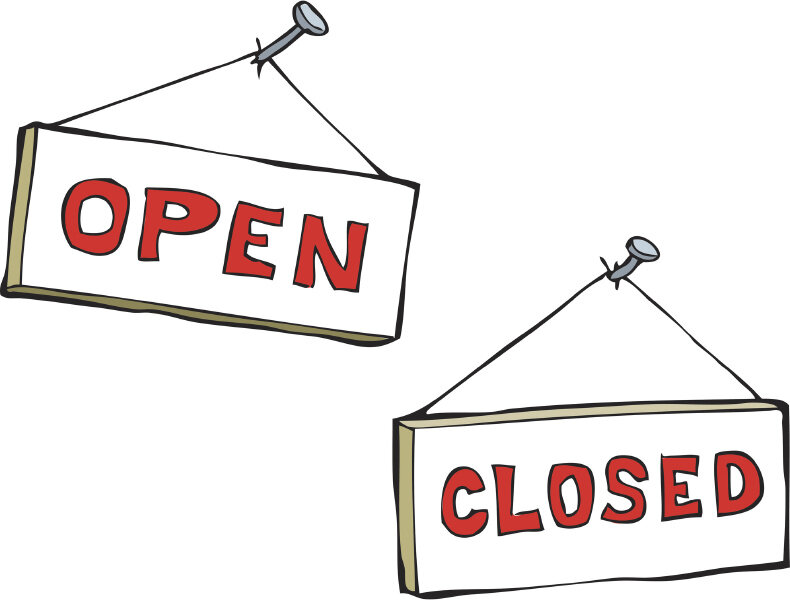
Open vs Closed Groups on Workplace by Facebook: What a Dilemma!
As we started introducing SWOOP to Workplace by Facebook clients, the big difference we noticed between Workplace customers and customers using other Enterprise Social Networking (ESN) platforms was the proportion of “Open” to “Closed” groups. Our 2017 benchmarking report of 57 organisations worldwide identified an average 74% open groups, with four organisations being 100% open.

How a three-year-old Sydney analytics startup SWOOP landed an “amazing” partnership with Facebook
A write up of our recently announced Analytics Partnership with Workplace by Facebook. Published originally on Smart Company
A Sydney-based analytics startup that has been operating for just three years has landed an “amazing” partnership with social media giant Facebook through its Workplace platform.

The 6 Stages of Digital Workplace Maturity
How do you define digital workplace success? To me, a successful digital workplace is one that helps us get jobs done.

How Healthy is your Enterprise Social Network?
At the heart of any Enterprise Social Network (ESN) are the groups or communities formed within them. Understanding the health and productivity of these groups should therefore be front of mind. For ESNs we can look again to the more mature experiences with consumer and external customer communities for guidance.
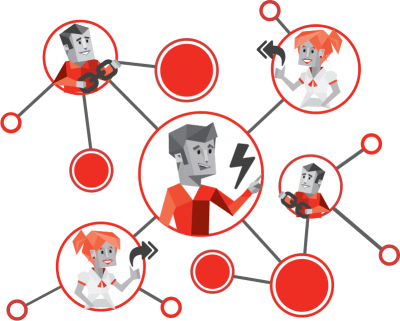
Influential People – SWOOP Style
In this series of articles, we are profiling each of the SWOOP Analytics Widgets by referencing them to the Enterprise Social Maturity Framework, that we introduced previously. The SWOOP analytics widgets are designed to guide our end users through each stage of the maturity journey.

Enterprise Collaboration Maturity Frameworks
It’s popular for organisations adopting a new technology platform e.g. MS Office 365, or management practice e.g. agile working; to think of their progress in terms of maturity. Maturity frameworks have been a popular means for organisations to be able to assess their progress with a significant change initiative.

How to Use Hashtag Analytics to Track Employee Engagement
The origin of the hashtag can be traced to identifying key words in computer code. From there it evolved to tagging topics or groups in early chat rooms.

Can the 'Like' Economy Work Inside the Enterprise?
Now that Workplace by Facebook is here, the big question is whether the behemoth consumer social network can effectively work its magic inside the enterprise.
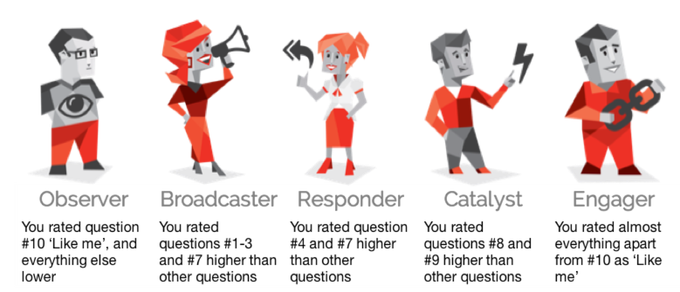
Seeing How You Work, Changes How You Work - What's Your Online Persona?
Our SWOOP Personas are having a much bigger impact than I expected. For a quick summary of the five personas see our previous posts: Observer, Broadcaster, Responder, Catalyst and Engager. In summary, these personas provide you with insights into your online behaviour on your enterprise social network.

The Smoke and Mirrors of Enterprise Social Networking Metrics
Carrie Basham Young issued an ominous warning to enterprise social network community managers in her 2013 CMSWire article. “It’s time to realize that the metrics and data displayed to you inside your analytics dashboard aren't creating value, and in fact, might be causing you harm," she wrote.

Does your Community have a Key Player Risk?
An important characteristic of networks is that some individuals are more important to the performance of the network than others. In fact, if we were to plot the relative influence of individuals in a network, the degradation from the most influential to the least follows a power-law distribution.

Rely on Activity Measures from your Enterprise Social Network at your Peril
For most people “Social Analytics” means understanding consumer online behaviours. For businesses it is about understanding how best to take advantage of the social networking channels of Facebook, Twitter, Linkedin and the like, to enhance your brand perception. Enterprise Social Networks (ESN) have essentially evolved from public social networks, with the activity based metrics migrating as well, with little thought to their effectiveness. Activity measures are typically available “out of the box” with ESNs. This is a BIG problem though! It doesn’t take too much research to find out that the Enterprise objectives for ESNs and those for external brand building are substantially different.

How Cohesive is your Community?
Social cohesion is synonymous with ‘community’. Intuitively we experience social cohesion when we participate in high performing communities. Experienced ‘networkers’ lead these communities. New members are made to feel welcome. Community objectives are met through active engagement between members. High performing online communities are a fertile field for knowledge sharing amongst its members. While qualitatively we can experience and differentiate a good community from a poor one, what measures are available to assist leaders in monitoring social cohesion in their communities? How can these measures be used to help grow social cohesion?
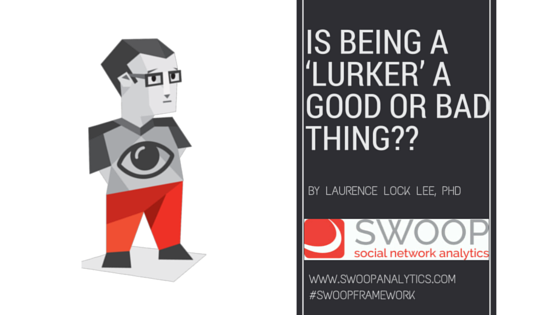
Is Being a ‘Lurker’ a Good or Bad Thing?
Lurkers are often painted in a negative context, as those that take but don’t give back. Sometimes, however, communities are designed for lurkers/observers e.g. Technical Support Forums. But even in this context one could argue that a lurker benefiting from some expert advice might still add value by acknowledging an expert contribution. So how should lurkers/observers be viewed?
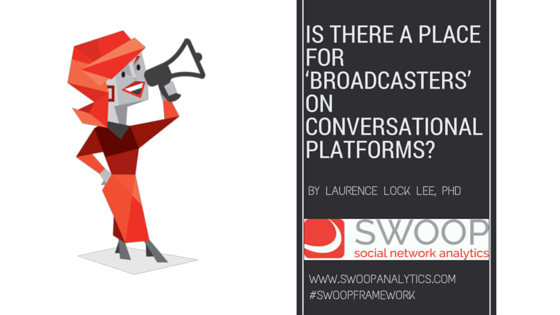
Is There a Place for ‘Broadcasters’ on Conversational Platforms? SWOOP: Broadcaster Persona
This post continues the series the deeper dives into the specific measures included in the SWOOP Collaboration Framework #swoopframework. The ‘Broadcaster’ behavioural persona; is the fourth collaboration persona with the ‘Engager’, ‘Catalyst’ and ‘Responder’ personas.
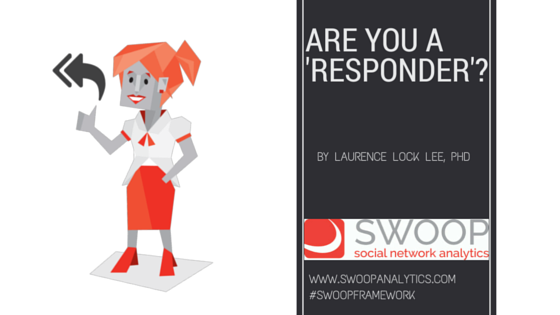
Are you a Responder?
This post continues the series the deeper dives into the specific measures included in the SWOOP Collaboration Framework #swoopframework. The ‘Responder’ Behavioural Persona is the third positive collaboration persona with the ‘Engager’ and ‘Catalyst’ personas.
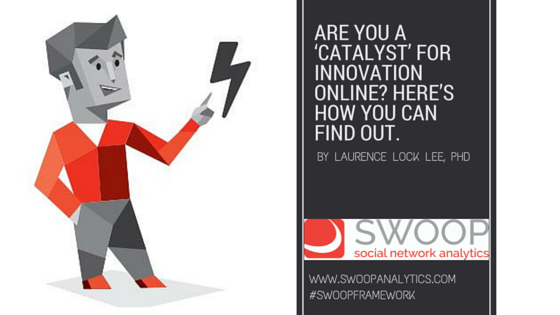
Swoop Persona: Are you a ‘Catalyst’ for Innovation Online? Here’s how you can find out.
This post continues the series of deeper dives into the specific measures included in the SWOOP Collaboration framework #swoopframework. The ‘Catalyst’ behavioural persona, in our view, is the next most desirable collaboration persona after the ‘Engager’. Catalysts are regularly seen as change agents and innovators.

